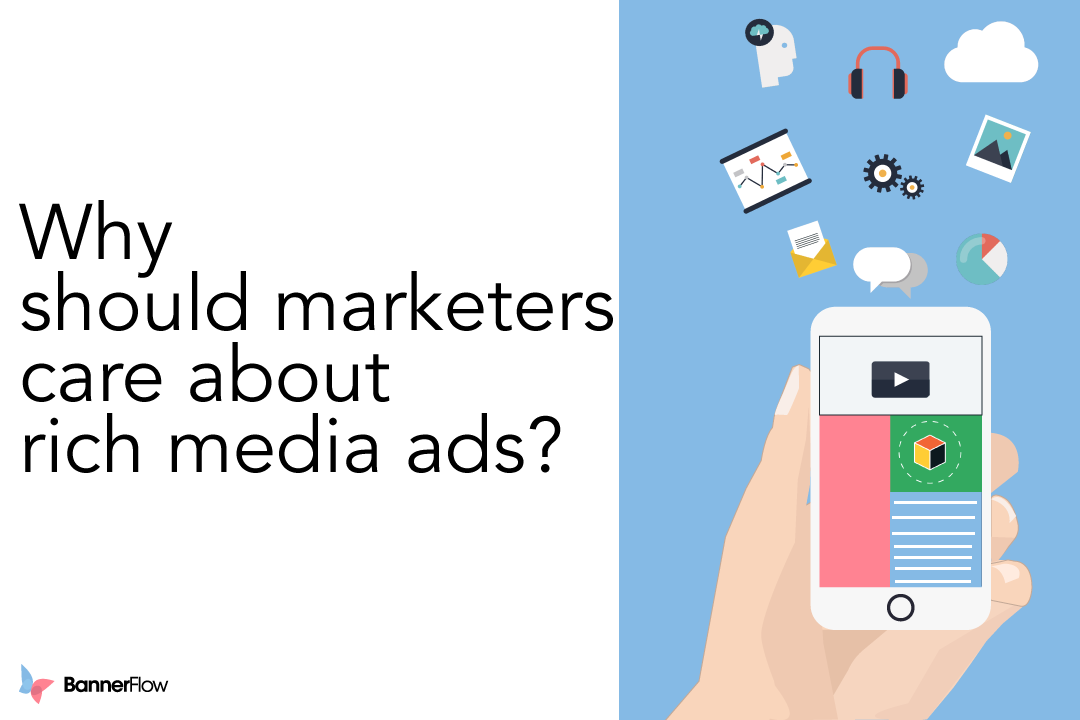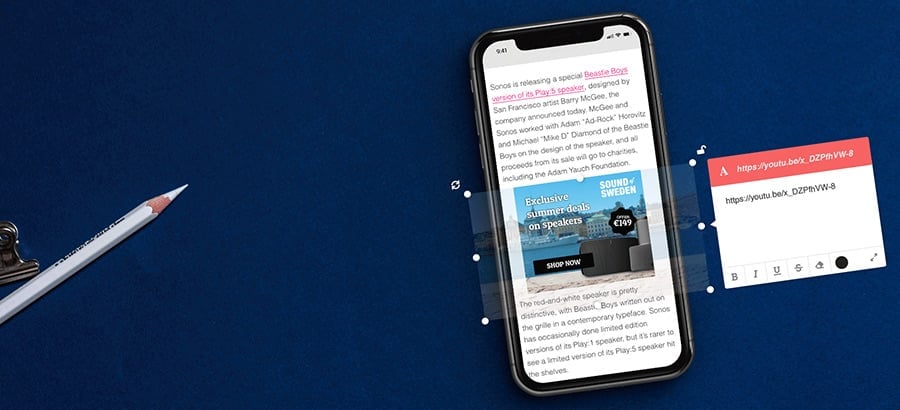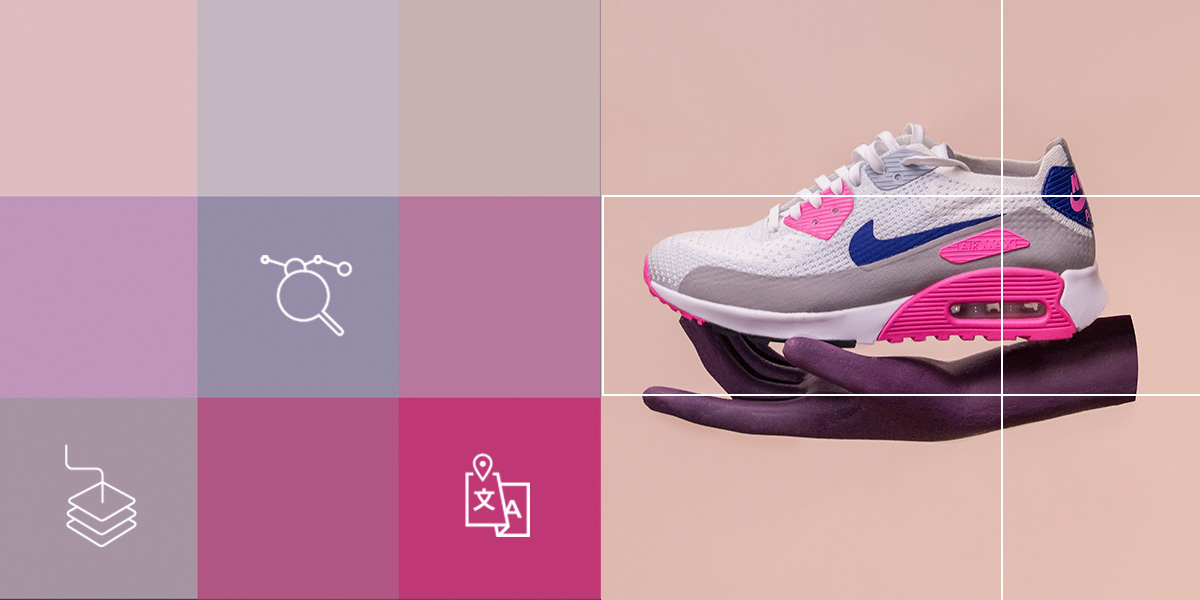
Why Now Is the Time to Embrace Programmatic Creative
Those in the know will have heard the phrase: programmatic creative. Which, to the untrained ear, sounds like the merging of two opposing marketing strands. In fact Yuyu Chen of Digiday sums-up it up best: “If programmatic is from Mars, creative is from Venus”. But programmatic advertising has now come of age with many marketers using it to produce campaigns. And creative is, still well, creative. So why is it now time to join forces? What does it mean for digital marketing? And what exactly is programmatic creative?
The origins of programmatic creative
Thanks to the internet, and advances in mobile technology, today’s marketer has a capability to collect and apply consumer data that was previously unimaginable. It is now possible to produce programmatic advertising that is more dynamic and nuanced than ever. In principle, an advertiser can present variations of an ad with just the slightest input of additional of data, for example the weather. Which is great if you’re in the business of selling wellingtons and it’s a wet day in April.
But where do we go next? According to a poll conducted by AOL 47 percent of agencies, publishers and brands said programmatic technology is “leading to new forms of creativity and storytelling in advertising”. While 48% said programmatic was a having a “positive effect” on creativity. Creative, rather than being distanced by programmatic, would appear to be ready to embrace the opportunities programmatic is in fact generating. For Mark Read, CEO of Wunderman, programmatic creative is about recognizing that change and bringing people together: “I see more and more people feeling comfortable with the concept of creating a template, putting lots of variations into the template and tying them to different data sources”. Creative practice rather than being superseded is about to get even more sophisticated.
What is programmatic creative?
Programmatic creative is all about using data to inform creative decisions, then using programmatic technology to produce targeted advertising that’s rendered instantly for individual consumers. Ad tech tools that enable scalability, automation, and analytics for creative optimization, are at the heart of the methodology. Programmatic creative is automatically producing an ad for wellington’s that not only syncs with the weather but uses additional information to produce ad variants that target specific audiences. For example, it’s just as likely the same pair of Hunter wellies worn by aspiring fashionistas at a rainy musical festival, will be worn by landowning British gentry. Two very different consumers. Therefore being able to adjust copy or image instantly is crucial. Programmatic creative is a clear way of maximising unique user engagement.
Benefits of programmatic creative:
Improved targeting
Niche audiences, and large audiences, have the potential to be both targeted and catered for using programmatic creative methods. Marketers now have the ability to achieve new levels of audience segmentation. Take the example of Tennessee Tourism as cited by Mike Shields in the Wall Street Journal. In 2016 it ran ads across the web using a dozen templates which yielded over 2,000 video ad possibilities. Consumers saw different variations of ads based not only on where they lived, but whether they were, golfers, outdoors enthusiasts or liked to listen to country or rock – to name but a few of the available data sets. According to Shields: “The end result was that while these ads featured consistent music and visuals, one ad might tout hiking in the Tennessee mountains while another might talk up Memphis’ restaurants or the Johnny Cash museum in Nashville”. The impact: Tennessee Tourism was automatically able to target men and women aged between 18 and 65 – just about anyone, individually.
Creative content gets personal
As well as improved targeting programmatic creative offers the chance for more personal content. Marketers now have the unique ability to target a micro-audience. Which for Björn Karlström, Product Manager here at Bannerflow, begins with testing content: “The first step is producing more than one version. When it comes to display, 99% don´t do more than one version, but 100% do when it comes to search. Produce more than one concept and test it using an ad tech tool like Bannerflow”. Which is hopefully a familiar refrain for most digital marketers.
But implementing programmatic creative means going next level. So if you’re looking to advertise to say, avid cross country skiers, you could through programmatic creative aim for avid cross-country skiers who live in particular parts of Stockholm or Oslo. In those instances, automated subtle changes based on swapping out copy could greatly Increase the effectiveness of the ad. Tony Effik, VP, Media and Connections at R/GA has suggested: “You need a testing phase where you run creative variants against each other”, and that hopefully this will find the “best match between target and creative, as well as bid level, budget and frequency”. The more different creative concepts that are available, the more that can be called upon for individual consumers.
Adapting in real-time
Combining marketing data with automated publishing ad tech provides programmatic creative with an all encompassing view of consumers. Imagine advertising rendered in real-time. Then imagine that same advertising reacting to where a consumer is in the sales funnel, placing relevant content in front of that viewer. With a thorough understanding of an individual’s activity, marketers can now do that – determining whether consumers are browsing, pondering a purchase, or if they have already converted. This information enables marketers to ensure that the right creative message reaches the consumer at each stage of their buyer’s journey. And through programmatic creative – as mentioned earlier – a different variant can be prepared and tested in advance for every eventuality.
Expanding the range of ad formats
Programmatic creative offers marketers the chance to use a variety of different ad formats for different consumers. Using available data marketers can select the best format for their audience and product. Programmatic creative means making the most of all digital formats whether that is through rich media, video or native ads. Instinctively selecting the best possible format of ad for a situation can improve click-throughs and conversions. Peter Minnium of Marketing Land suggests that “from a practical point of view, this means that campaigns today are sets of creative assets that work together as a unified whole — an ad system”. While Glan LaVechia of AdAge goes even further suggesting that embracing “multi-layered narratives and experiences, designed for multiple screens and feeds”, will help to engage an ever more fragmented audience.
Enhanced cross-channel efficiency
Another key area where programmatic creative offers improvements to advertising campaigns is producing campaigns across multiple devices and channels. Again, by making the most of data accumulated on different devices, ads can be tailor-made for how audiences use those devices and channels. After all, different circumstances require different approaches. If you have access to a consumer’s location data, then why not advertise the nearest store rather than a generic ad? It’s all about being smart. Another application of automated programmatic creative would be making sure that frequency-caps work across channels too. Avoiding bombarding consumers with the same message again and again. However, according to TUI Group’s Head of Media, Sammy Austin there is one challenge to making creative programmatic work across channels and that’s “the presence of walled gardens” such as those of social media networks.
What does the future of programmatic creative look like?
Programmatic creative has the potential to change the advertising landscape forever. However, there are hurdles to overcome. A lack of synchronization between creative, data analysts and media buyers has been identified as the major challenge with programmatic creative. According to George Levin CEO of GetIntent: “Creative and media have historically operated independently, with creative starting the process with marketers before handing over a completed product to their media counterparts to execute campaigns”. He argues that for programmatic creative to be successful the walls between creative, data, and media planning need to be abolished. Stakeholders, he suggests, “must work together from day one”. And he’s right. Rather than operate in separate worlds, or silos, in-house teams must come together. Previously, for smaller operations, this would have cost too much to implement but with ad tech tools like Bannerflow already on the market this shift is possible.
Conclusion
Programmatic creative offers benefits and rewards to all of those involved in the marketing process. According to Ben Katzman of The Drum those “running programmatic creative have seen an increase in in-store revenue, conversions as well as other KPIs such as engagement rate, website traffic and click-through rate”. Not bad. For creative, it’s time to embrace the data and get with the automated programme. Programmatic creative might not sound sexy but it’s a winning combination.
Share this article






